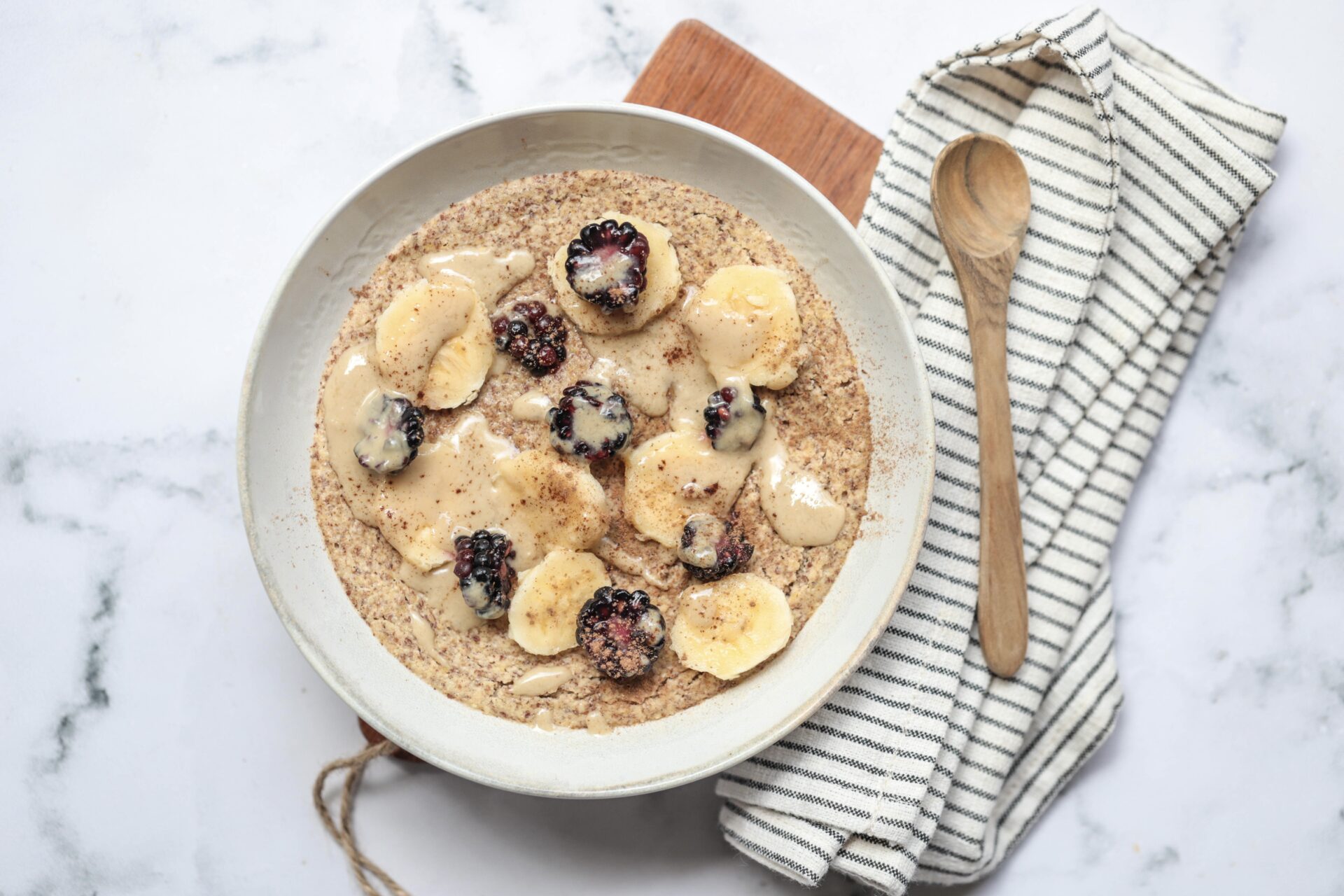Ever heard that carbs are “bad”? Or confused on what carbs are “good” or how much to eat? Read on. I’m going to simplify this for you. We’ll talk types, quantities, and how to time them.
First of all, we need to realize that types of carbs matter for several reasons. Some are more nutrient dense which will not only fill you up for longer, but also give you more energy, better sleep, and less cravings. And then we need to look at what types of carbs work best for YOU. Yes, that means a bowl full of rice might work well for one person and not the next. We’ll get into that in a moment. Let’s first talk quality. Quality means nutrient density in our book, meaning how can we get the most nutrient bang for our buck. If we do this, we’ll fill our so called “nutrient cup” that helps us stay energized and healthy. Many weight loss programs bypass this part, and this is where it gets hard to, 1. keep the weight off long term, 2. reduce cravings or snacking urges, 3. Maintain energy throughout the day, and 4. Feel less bloated and inflamed.
So what carb sources are most nutrient-dense? We look to whole foods in their most natural form, first prioritizing vegetables, fruits and raw honey. Then we can start looking into natural unsweetened dairy products, some grains (raw and sprouted preferably – or sourdough bread), nuts, and seeds as additional carb sources. The high majority of your carbs (say 80-100%) should be from these categories. Save the refined treats, alcohol, or foods for special occasions like birthdays, weddings, trips, or simply times you want to treat yourself with a treat that you absolutely love.
Now how do you know what types are best for you? A couple ways to figure this out. You can go the easiest route and get yourself a Continuous Glucose Monitor to see exactly what spikes your blood sugar off the most (in terms of types AND combinations of foods – bowl of oats versus bowl of oats with chia seeds and protein can make a big difference). Companies like Nutrisense and Levels are making this easier for us to get our hands on. The other blood glucose monitoring route would be to buy one at your local drugstore, prick your finger upon waking, and again 2 hours post meal to see how it reads. Ideally your waking (fasting) blood glucose should be below 90 (this reading is simply to see how your body is without anything). Your 2 hour post meal should be at least under 140 to indicate your body was able to handle that carb OK. 100-120 would be even more ideal. So take note of what your typical readings are for you.
If not that route, you can simply experiment on yourself. Take your favorite whole food carb, eat them how you normally would eat it, and see how you feel. For example, if you love sourdough toast with breakfast and are curious if it’s helping or hindering you, have it with the usual toppings and pairings – perhaps that’s with butter on top, 3 eggs and 2 bacon on the side. Then take notice of these upon eating, and up to 4 hours after eating:
- Energy levels
- Cravings
- Hunger/satiety levels
- Cognitive function
- Anxiety levels / heart rate
Then, to continue to figure out how many carbs are ideal for you. Again, here is where we experiment. Try a higher carb day or week (30-50g +) at each meal. See how you feel for the few hours after with energy and cognitive function, see how you feel in your workouts, and how you sleep. Try different workouts too – cardio versus strength or HIIT. Take notice if you have more cravings, experience hangriness, or energy dips.
Then, try a lower carb day or week (0-30g), see how you feel with the same adjustments listed above.
You can also experiment with timing! Some people do much better with more carbs at night, some do better with more carbs before a workout, and some feel better doing a fasted workout in the morning. The most important thing to pay attention to is how you FEEL. This means, energy, sleep, performance, and look (body composition-wise). Our goal is to become more metabolically flexible, and we often see that in order to do that, we need to snack less, which means lower carb than our Standard American diet of 300g carbs/day.
Keep in mind that even “healthy” carbs may not be healthy for YOU. I know many people who don’t do well with veggies, certain fruits, rice, oats, potatoes, or quinoa. This is why we experiment and remember everyone is so different. Also, just because a food doesn’t feel good now, doesn’t mean it will always be that way. So keep an open mind into the future.
Lastly, take note of how you feel digestively. We often find many are trying really hard to get more carbs in, and notice that they are simultaneously feeling bloated, overly full, have acid reflux, and so on. These are all signs of a GI tract in distress. If you feel better on those lower carb experimentation days, it may be a sign your GI needs a break from either the amount of carbs, or certain types. Keep experimenting! If you need help, I’m here for you. I love gut health because I know how influential it is to overall health. You can be eating all the nutrient-dense foods, but if you’re not digesting it well, it won’t matter. Shoot me a message on IG via @proclivity.co or @emilyrodela, and I am happy to help!



